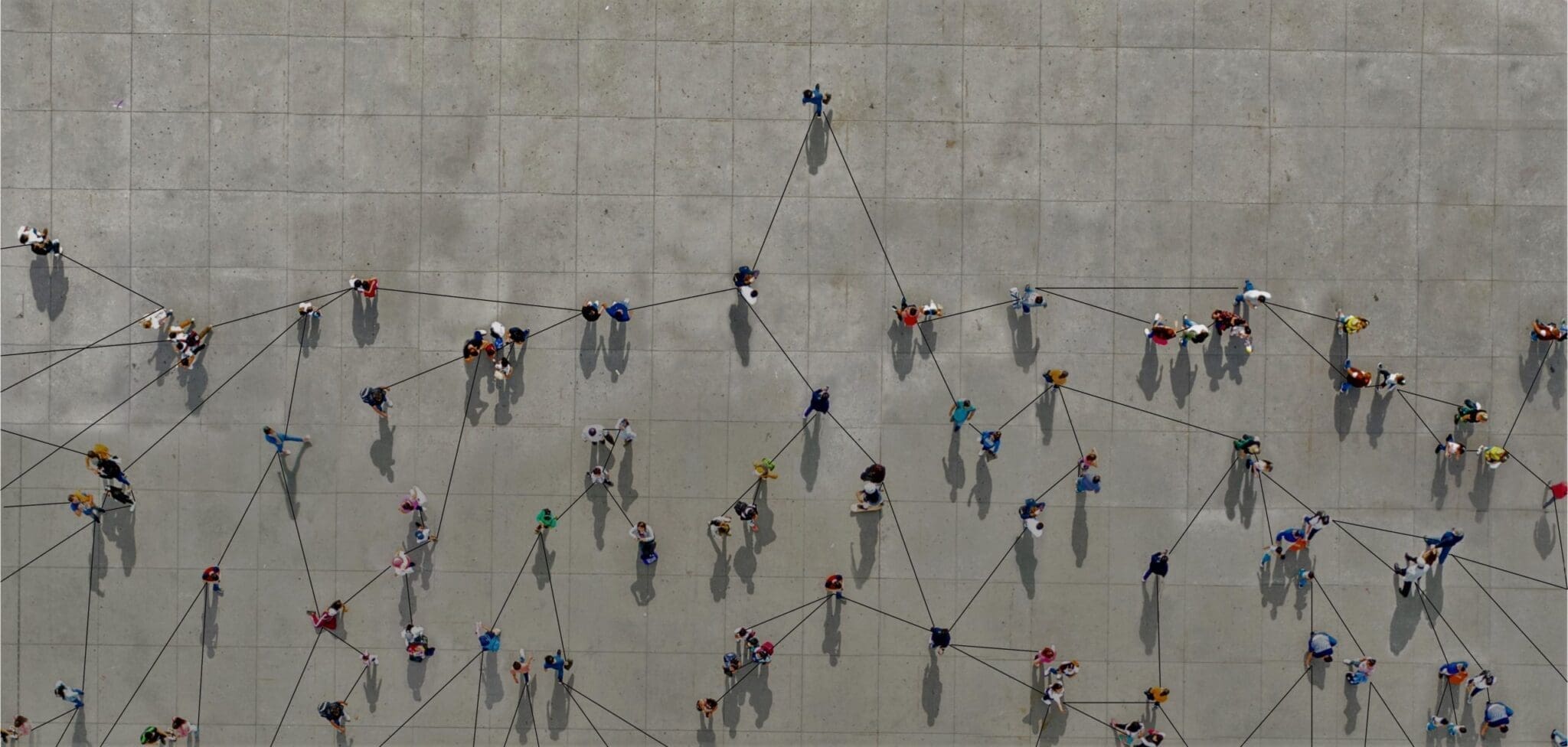To tackle slavery, businesses need full visibility of their supply chain.
Slavery may have been officially abolished but human rights violations are still taking place within the global supply chain.
“It’s a sad truth that in these modern times we are still talking about the enforced slavery of human beings,” the Chartered Institute of Purchasing and Supply (CIPS) wrote in a blog.
Slavery is a term used to refer to the treatment of another human being as if they were ‘property’. The Walk Free Foundation describes this as “something to be bought, sold, traded or even destroyed”.
Forced labour and human trafficking are also often referred to as slavery but there are subtle differences. The former refers to work taken without consent, i.e. through threats or coercion, while the latter is the process through which people are bought by deception, threats or coercion into slavery, forced labour or other forms of severe exploitation.
All of the above acts are in violation of human rights and are preventable through responsible sourcing. Central to this is the creation of transparent supply chains and supply chain mapping.
The extent of modern slavery
It is estimated that there are 29.8 million people in modern day slavery, according to the Walk Free Foundation. This includes around 5,000 slaves in the UK that are making clothes and picking food.
One of the latest cases of exploitation to come to light is the enslavement of migrant workers in the Thai fishing industry, the products of which are being sold in Britain. The Guardian revealed that there are around 650,000 working in the Thai seafood sector, with the majority migrant workers from neighbouring countries who were trafficked into Thailand.
Following the revelations, the US is looking to blacklist Thailand to demonstrate that slavery simply isn’t acceptable.
Slavery and the UK
The UK government is trying to eradicate modern slavery and introduced the Modern Slavery Bill in the House of Commons on June 10th.
Under the draft legislation, law enforcement would have more power to crack down on exploitation and reforms will make sure slave drivers are suitably punished, including life sentences.
New orders will also be introduced to enhance the court’s ability to place restrictions on individuals to protect people from harm. Additionally, an anti-slavery commissioner will be established to improve and coordinate the response to modern slavery.
Meanwhile, a defence for victims of slavery and trafficking compelled to commit an offence will also be introduced.
Child trafficking will see the creation of an enabling power for advocates and a new reparation order will be created to encourage courts to compensate victims.
The government hopes the bill will also close gaps in the law to allow police and Border Force to stop boats where slaves are suspected of being held or trafficked.
CIPS has raised questions, however. “The devil is always in the detail,” it wrote. “Any legislation must result in practical, achievable steps with minimal red tape and maximum clarity on how full eradication can be realised. Full and frank consultation with business will help develop the road ahead and it’s good to see that so many are already supporting this move.”
The body also criticised the Modern Slavery Bill for failing to require companies to reference slavery in their annual reports and demonstrate that staff are being trained.
Slavery and your supply chain
The majority of manufacturers don’t have an understanding of how ethical the supply chains are that support their business. Research from Achilles has shown 40 per cent of businesses buying only in the UK have no information on second-tier suppliers, while one in five companies have no information about their tier-two suppliers across the world. Additionally, just 51 per cent of manufacturers regularly audit their tier one suppliers.
If slavery is found within your supply chain the ramifications are significant. Brand, corporate reputation and shareholder value are all likely to be damaged by revelations of slavery. This was seen in the aftermath of the Rana Plaza disaster,which saw 40 global fashion and retail brands marred by the incident.
Jon Williams, Achilles principal product manager, explained that part of the problem is that businesses largely trust their tier one suppliers and therefore do not feel the need to put the spotlight on their operations.
Achilles found that one in five large manufacturers are confident in their suppliers’ ethical compliance because of the strong relationships they have with them. Eight per cent said also said they were ‘very confident’ their first tier suppliers did not use slave labour.
Another barrier to eradicating slavery in supply chains is a lack of supply chainvisibility. Businesses often have no sight of their global networks beyond the first tier, which means large parts of the supply chain are cloaked and unaccountable.
Tackling slavery in the supply chain
Businesses need to take ownership of their own supply chains and improve visibility of all tiers as part of a best practice model.
Business minister Jenny Willott said: “Transparency should always be at the heart of every business. All companies, including those in the retail sector, need to make sure that they are giving the right information to their customers and are being open about their supply chains.”
By improving visibility of supplier networks, companies are able to identify areas of risk and make the relevant changes to eradicate instances of employee maltreatment.
Effective supplier information management is integral to enabling organisations to fully understand who they’re doing business with.
At Achilles we enable this function through the use of product codes, which allow businesses to gain visibility and quickly identify all suppliers contributing to a specific product. Buyers also have access to a range of search, filter and display functions to manage data.
Additionally, our Supply Chain Mapping tool creates transparency in the supply chain beyond the first tier of suppliers giving buyers the information that they need to reduce risk .
Supply chain mapping also improves awareness of how global events can disrupt networks and highlights interdependencies.



